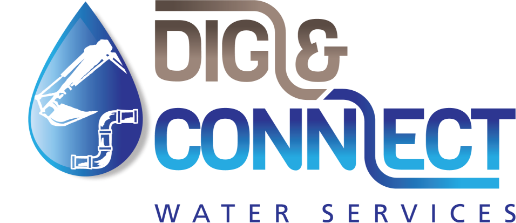Hydrostatic Pressure Testing
In order to verify pipe durability and reliability, our professional Hydrostatic Pressure Testing service ensures that the performance of all installed tanks, pipes, pressure joints, vessels and the overall structures are safe and adequately running.
Aside from this, our hydrostatic pressure tests may also be used to identify and confirm the maximum possible pressure that the structure can handle, in order to prevent accidental system failures.
Things You Need to Know
From our years of experience, below are some of the most asked questions and clarifications by our past customers regarding hydrostatic pressure testing:
How is Hydrostatic Pressure Testing performed?
To test the integrity of a water system, our team will install the necessary equipment on the site of the structure. The testing equipment will be connected to the structural components, which may include the pipework and valve joints. The connected systems will then be filled with water, and then forced with pressure until standards are reached. Water pressures are measured with an internal gauge. Leakage and/or malfunction can be detected when pressures drop below standard levels
Will the Pressure Test destroy or tear down the installed system?
Generally, the Pressure Test is created to be a non-destructive integrity test. The pressures to be enforced are at qualified levels, and are only meant to detect the presence of leakages. This will not destroy or dismantle the installed water infrastructure
When should a Hydrostatic Pressure Test be performed?
A Hydrostatic Pressure Test should be performed immediately after a new water infrastructure design has been installed, especially in newly-built developments. However, it is also suggested to have the Pressure Test when there are major maintenance or changes applied in the pre-installed water systems, in order to ensure system safety and integrity

For enquiries, quotations and initial discussions, get in touch with us




